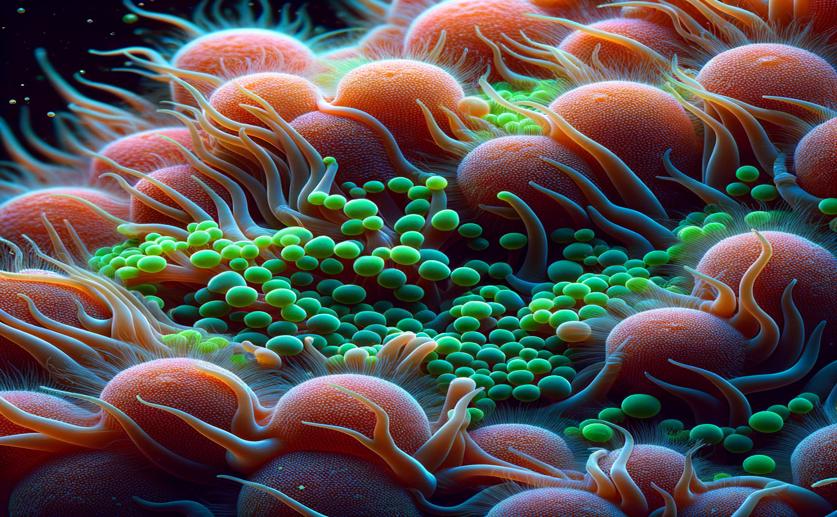
How Plants Power the Partnership Between Corals and Algae
Jenn Hoskins
20th March, 2024

Image Source: Natural Science News, 2024
Key Findings
- In a Stanford study, sea anemones need algae that can photosynthesize to establish a lasting partnership
- Algae that couldn't photosynthesize were taken in by anemones but eventually lost, showing light is vital
- Anemones can host multiple algae regardless of size, suggesting size isn't a barrier to symbiosis
EcologyPlant ScienceMarine Biology
References
Main Study
1) Photosynthesis and other factors affecting the establishment and maintenance of cnidarian-dinoflagellate symbiosis.
Published 18th March, 2024
https://doi.org/10.1098/rstb.2023.0079
Related Studies
2) Symbiodiniaceae photophysiology and stress resilience is enhanced by microbial associations.
3) Presence of algal symbionts affects denitrifying bacterial communities in the sea anemone Aiptasia coral model.
4) Coral endosymbiont growth is enhanced by metabolic interactions with bacteria.



 10th March, 2024 | Jenn Hoskins
10th March, 2024 | Jenn Hoskins